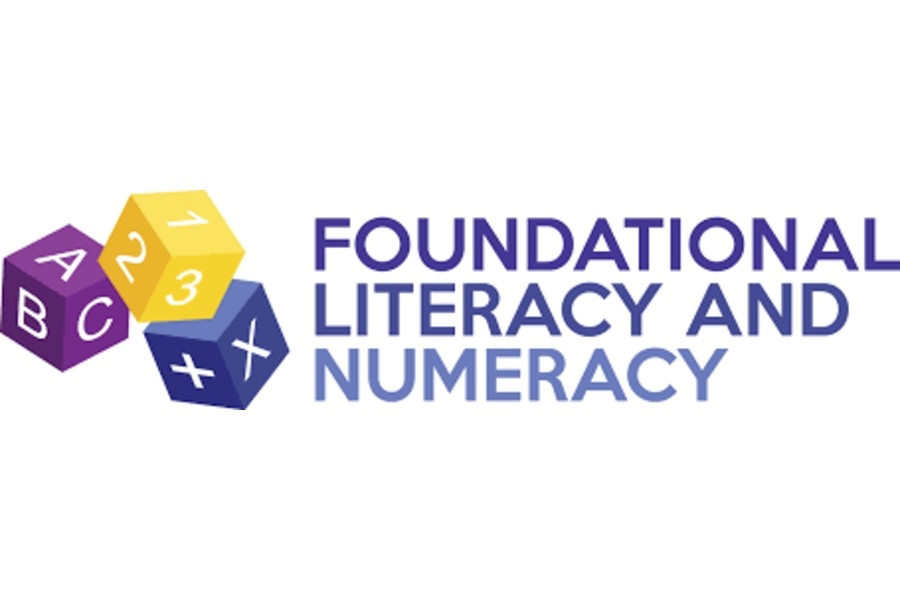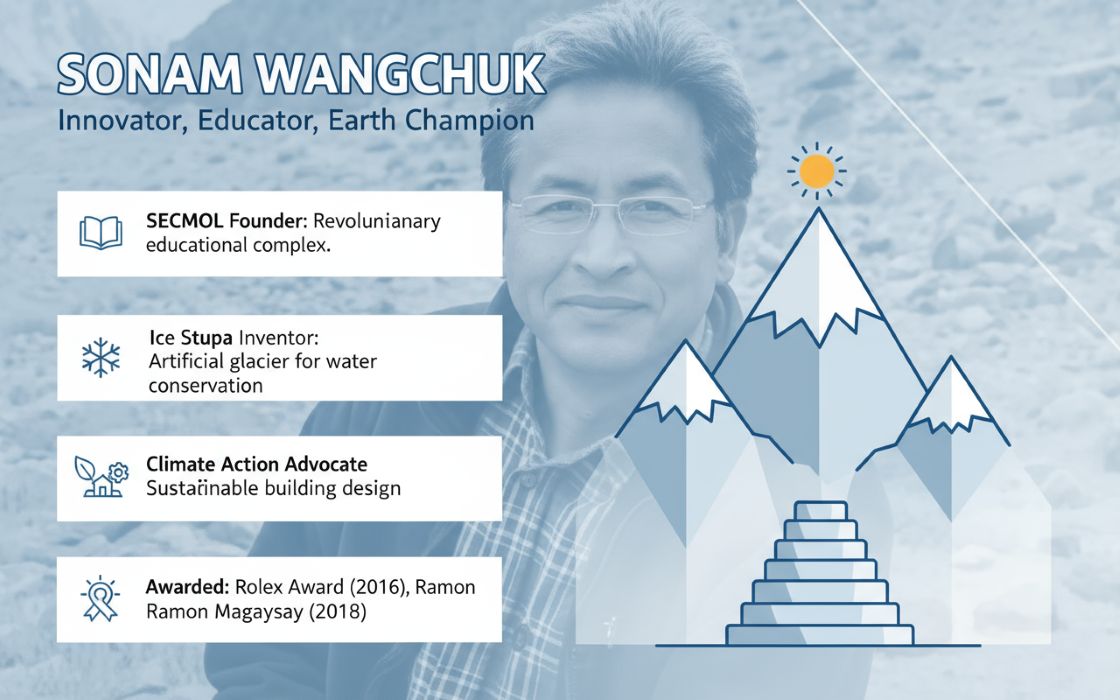The significance of NGOs in the development journeys of countries like India is well understood. Serving as the crucial link between the government and the people at the bottom of the pyramid, they ensure last mile delivery of mass welfare schemes and even the benefits of economic growth. A shining example of the remarkable role played by NGOs is Sanmat- one of India’s most impactful NGOs operating across six states in the domains of education, skilling, health and climate action. It has enabled 33,000+ marginalized students to access scholarships, provided healthcare to 2.8 million tribal individuals, trained 112,000 youth for employment, and facilitated massive afforestation efforts with over 50 million trees planted.
In this conversation with TheCSRUniverse, Amit Choubey, CEO and Co-Founder of Sanmat, offers a compelling perspective on how grassroots action can drive systemic transformation across rural India. He reflects on the organization’s data-driven, community-first approach, its pioneering work in bridging governance gaps, and the pivotal role of youth and technology in scaling impact. The conversation offers a glimpse of attaining sustainable development grounded in empathy, innovation, and systemic change.
Scroll down to read the full interview:
Q. Sanmat has been actively transforming rural lives since 2007. What inspired its inception, and how has its mission evolved over the years?
A. Sanmat was established in 2007 while making efforts to bring relief operations to the tsunami victims in Chennai. I was doing my engineering studies and was joined by 2,000 tech students, and our goal was to effect real change. Sanmat's mission to bridge governance and execution through government collaboration was shaped by my experiences in Bihar, which revealed the stark disparity between policy and implementation. Our first significant achievement came when through our facilitation efforts, 21,000 students were able to obtain free education under government schemes and 33,000 students were able to access post-matric scholarships. Our continued efforts to improve rural lives and guarantee equal access to education were made possible by this significant achievement.
Q. Sanmat operates across multiple sectors - health, education, livelihood, and climate action. How do you ensure an integrated and sustainable approach across such diverse areas?
A. Sanmat uses data-driven strategies and active community involvement to guarantee sustainability. Every program is created using thorough socio-economic and resource analyses in order to successfully meet local needs. Our climate-resilient model encourages prudent resource management and adaptation strategies by incorporating environmental sustainability into all our projects. This all-encompassing strategy makes sure that our livelihood, health, education, and climate action initiatives support one another, fostering self-sufficient communities and long-lasting progress. By means of ongoing assessment and creativity, we adjust to new problems and optimize our societal influence. We promote long-term effect by working with stakeholders and promoting community ownership.
Q. With a presence in six states and 13 offices across India, what have been the biggest challenges in scaling your operations while maintaining effectiveness at the grassroots level?
A. Scaling operations while maintaining grassroots effectiveness initially did pose several challenges for Sanmat. Assessing community needs, navigating resource constraints, and addressing capacity gaps were initial hurdles. Cultural taboos shaped by caste, creed, and religion complicated inclusive interventions, and securing skilled professionals for remote areas too was difficult. However, all these were addressed by nurturing local talent familiar with regional contexts. Gaining community trust and sustainable funding were also significant challenges. By building strong relationships with local donors and major development agencies, we established ourselves as a trusted grassroots partner, ensuring impactful, inclusive, and context-sensitive implementation across our 13 offices.
Q. Sanmat focuses on bridging governance gaps. Can you elaborate on how your collaboration with government bodies influences systemic change in policy implementation?
A. Sanmat majorly uses three strategies to close governance gaps - system strengthening, ecosystem growth, and direct service delivery. We promote convergence by working with government agencies using Public-Private Partnership (PPP) approaches, guaranteeing greater access to opportunities and resources. Effective implementation and policy improvement are influenced by our advocacy work. Furthermore, we develop local leadership by empowering communities through capacity-building programs. We find gaps and improve service delivery by mapping communities and resources. In addition to promoting systemic change and ensuring inclusive development, this integrated strategy improves governance's responsiveness and effectiveness for long-term, sustainable effects.
Q. Sanmat started as a student-led initiative. How has the role of youth and technology shaped its development over the years?
A. Sanmat was established by youth with the intention of promoting social change. Sanmat still places a high value on youth leadership today. Ninety percent of grassroot volunteers and community champions are young people, while about 60% of development professionals are young resources that we work with. They are essential in putting initiatives into action, inspiring communities, and bringing about change on the ground. We have been using technology to adapt to changing circumstances and put effective systems in place. Processes are streamlined, data management is improved through MIS systems, and Android apps are used for surveys, data monitoring, and other vital tasks.
Q. Sanmat has impacted over 231 million lives so far. What are some of the most significant behavioral or social transformations you have observed in the communities you work with?
A. Sanmat has seen significant social change, especially among young adults from underprivileged communities, such as girls and first-generation students. Nearly 70% of our skill development trainees are girls, reflecting the increased expectations that have motivated many to seek further education and empowering professions. Programs for skill development and mentoring have enabled them to overcome obstacles. People are actively seeking healthcare services and have more faith in hospitals, which is a significant change in community behavior in the health sector. These shifts promote long-term social and economic advancement by reflecting increased self-assurance, better access to opportunities, and a bolstered faith in institutional support.
Q. The Post Matric Scholarship scheme has enabled marginalized students to access higher education. What key barriers did you identify in the scholarship process, and how has Sanmat’s intervention made a measurable difference?
A. Sanmat highlighted several major obstacles to the Post Matric Scholarship program, such as low institutional support, poor communication, and a lack of knowledge. We raised awareness about the possibilities, helped students access the program, and rallied underprivileged communities through the Dalit Youth Support Program (DYSP). We secured student retention, provided pre-course training in English and life skills, and facilitated admissions in collaboration with the government and educational institutions. Through higher education and improved employment opportunities, our efforts have empowered 21,800 students, mostly from low-income households. This initiative is promoting long-term socio-economic advancement by bridging caste and class differences.
Q. Sanmat’s skill development programs have trained and employed 112,000 youth. Do you have data on employment retention rates or success stories that highlight long-term career growth for these individuals?
A. In Jharkhand, Sanmat's partnership with the Jharkhand Skill Development Mission Society has been instrumental in improving education and skill development for underserved populations. It has trained 15,970 people with industry-relevant skills through its three Deen Dayal Upadhyay Kaushal Kendras (DDUKK), with a remarkable 75% placement rate and an average monthly pay of ₹12,000. More than 2,000 women have been empowered by Sanmat as village-level entrepreneurs, thereby promoting economic freedom and self-reliance beyond formal training. People have been able to generate sustainable livelihoods after training in mushroom farming, preparing food at home, and turning seasonal forest produce into commercial commodities.
Q. In the area of public health, Sanmat has screened 40,000 tribal children for malnutrition and provided essential supplements. What improvements have been observed in child health indicators in these regions over time?
A. Sanmat's project has made great strides, even though a post-intervention impact evaluation to gauge improvements in child health indicators has not yet been carried out. 40,000 tribal children who had previously missed their necessary doses of vitamin A and Albendazole were successfully covered in just eight months. These nutrients are essential for maintaining healthy development, boosting immunity, and preventing malnutrition. The fact that this intervention was finished in just eight months is a noteworthy accomplishment that demonstrates Sanmat's dedication to tackling child health issues.
Q. Sanmat has planted 5 million saplings under its climate action initiatives. How do you measure the ecological impact of this reforestation effort, and what strategies ensure long-term sustainability of these plantations?
A. Measuring the ecological impact of this reforestation effort involves several key indicators, including survival rates of saplings, changes in soil quality etc. To ensure the long-term sustainability of these plantations, Sanmat has implemented an approach that includes:
1. Community Engagement and Ownership: Local communities, particularly Below Poverty Line (BPL) families, were actively involved as Vanposhaks (plant caretakers), ensuring sustained maintenance and protection of the plantations.
2. Technical Support and Monitoring: GIS-based mapping is used to track plantation sites, and technical assistance was provided for five years to improve survival rates of plants.
3. Infrastructure for Sustainability: Essential resources such as hand pumps, water trolleys, and bamboo fencing were provided to ensure proper irrigation and protection of saplings. Bamboo fencing, for example, was locally made.
4. Institutional Partnerships: Collaboration with local governance structures and self-help groups (SHGs) strengthened the program’s impact and sustainability.



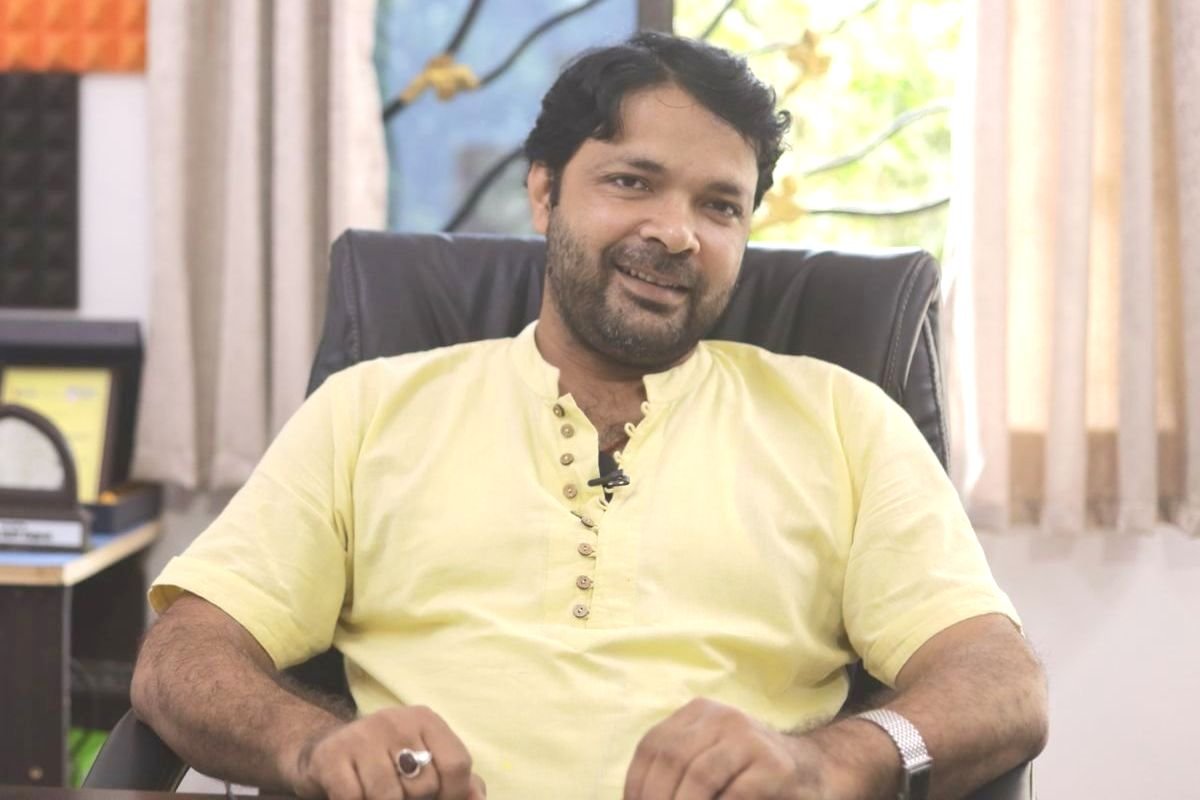


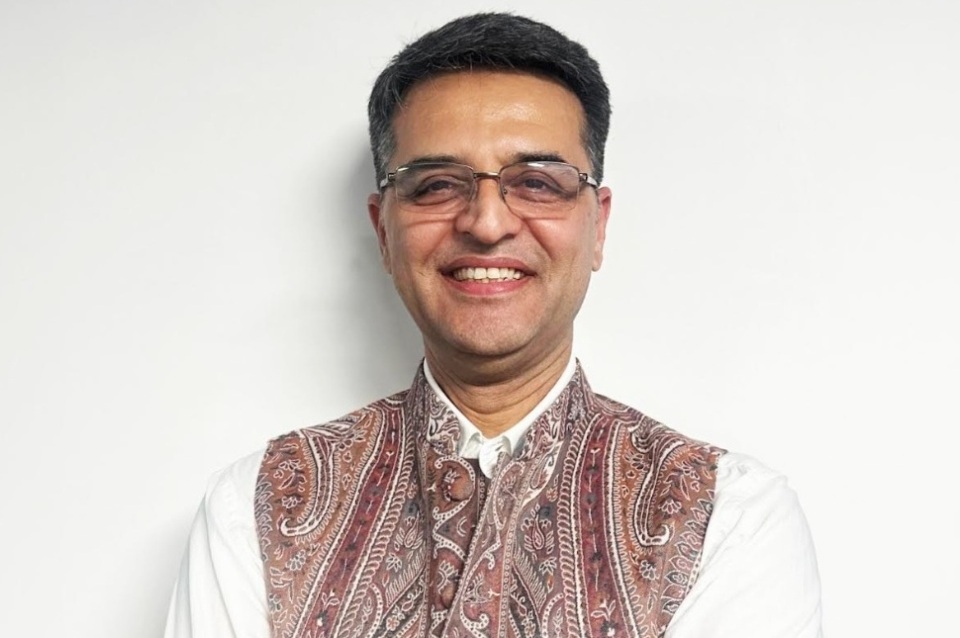
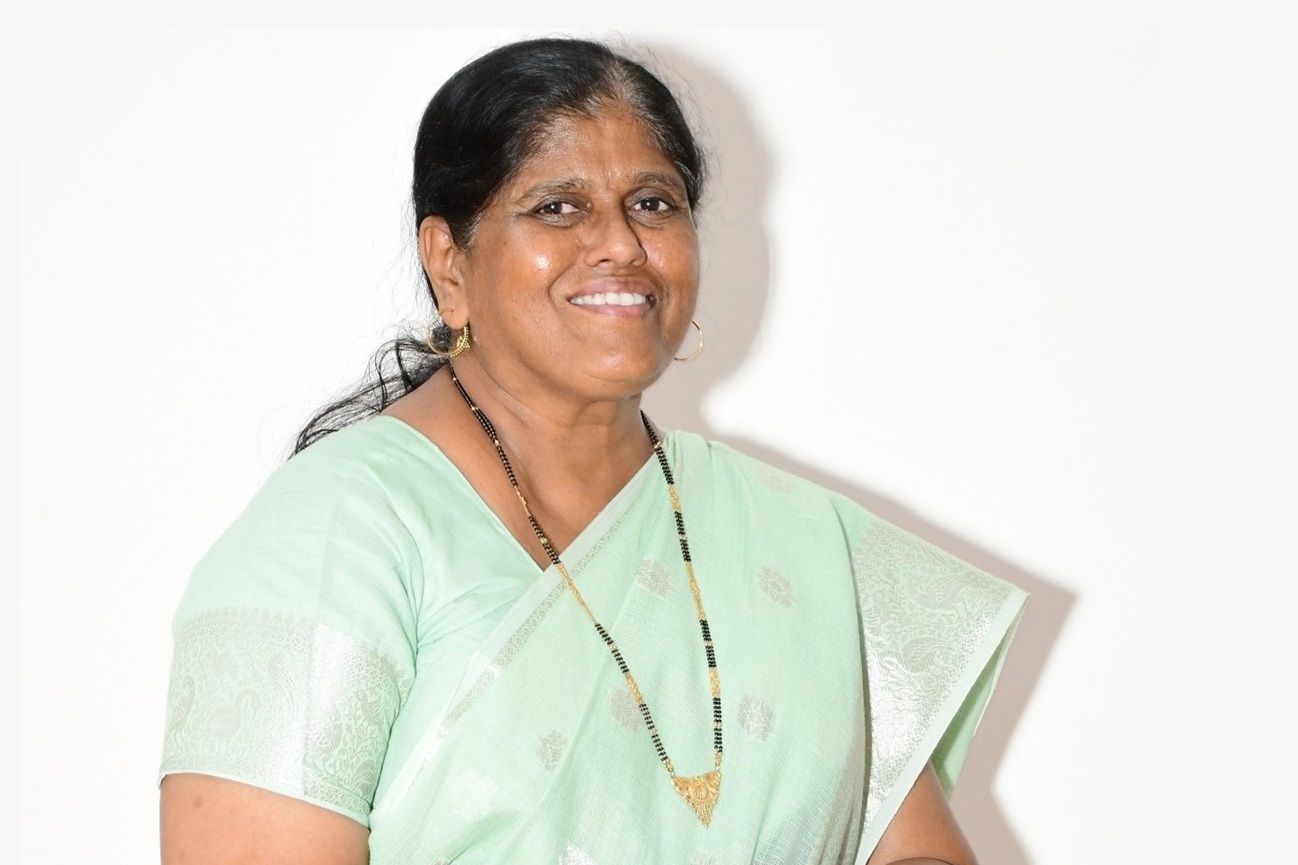



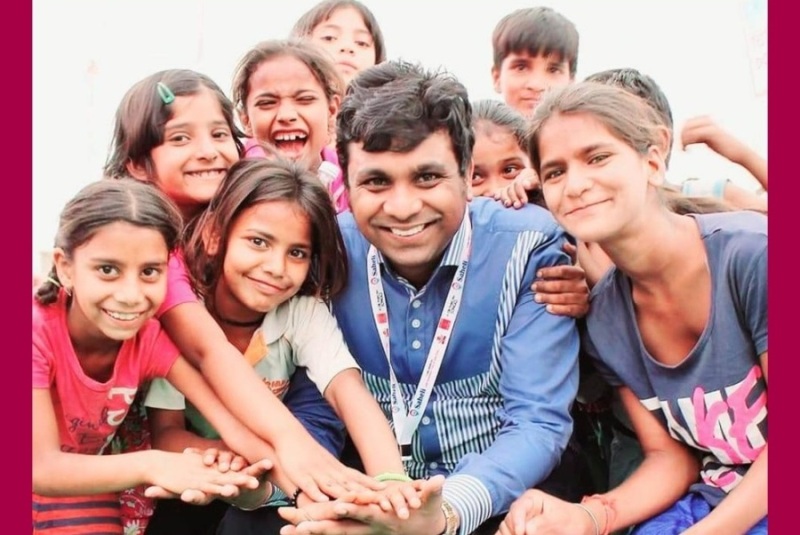
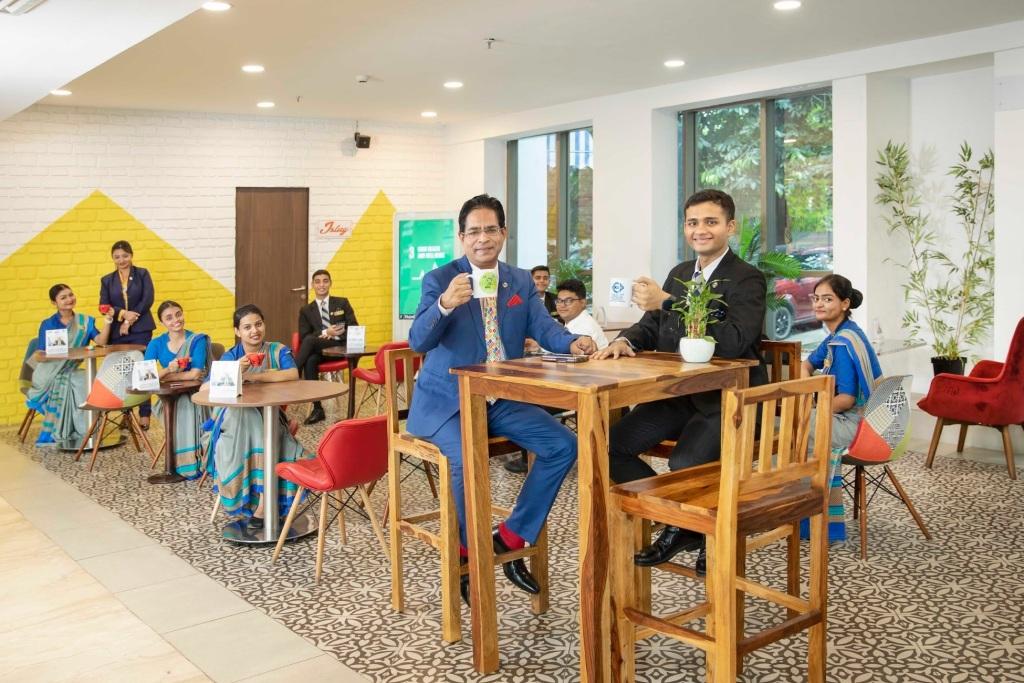
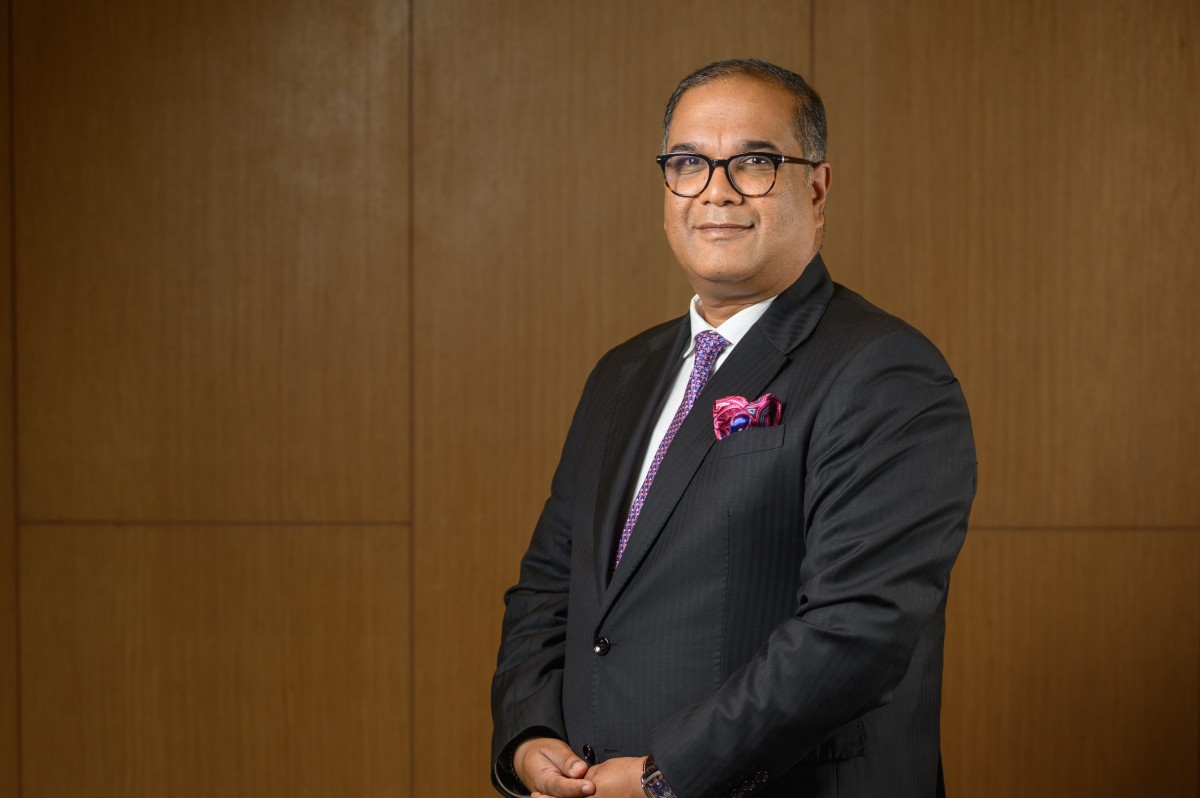
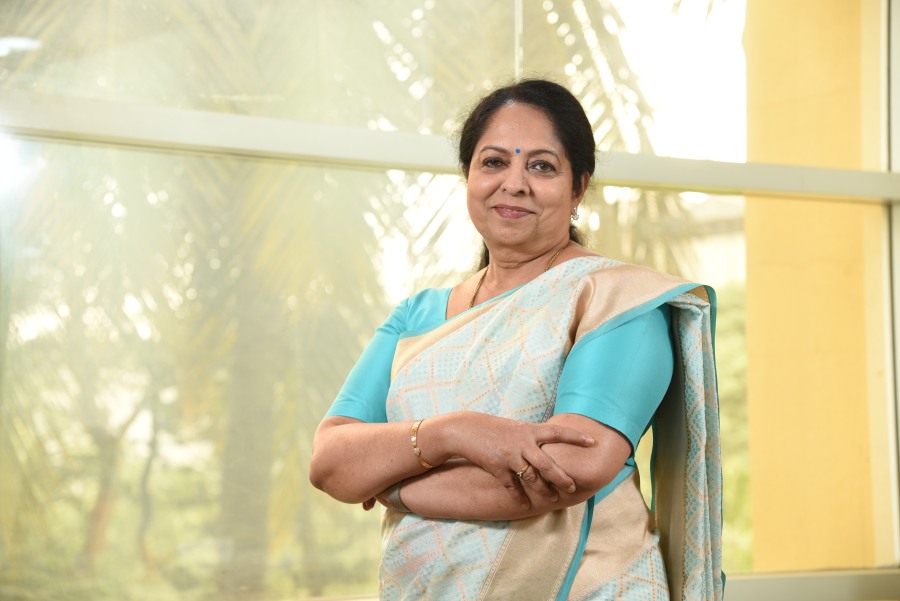
.jpg)
